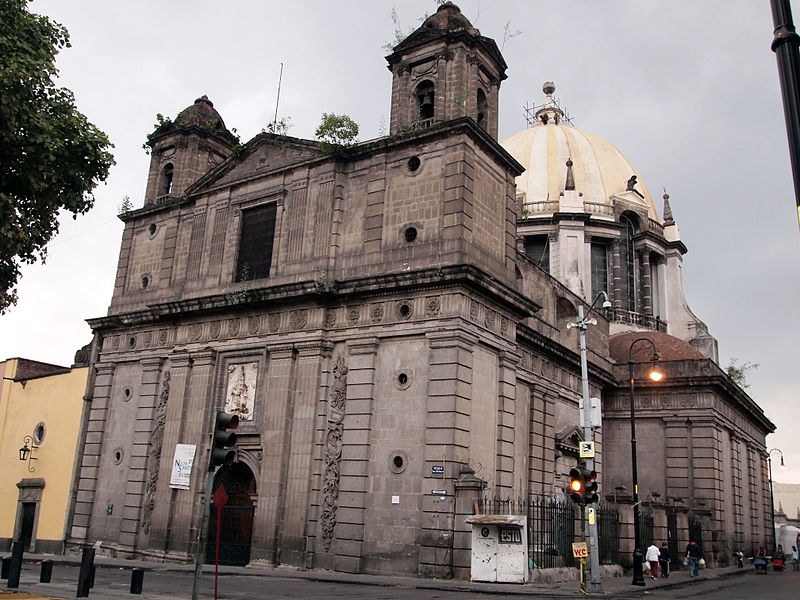
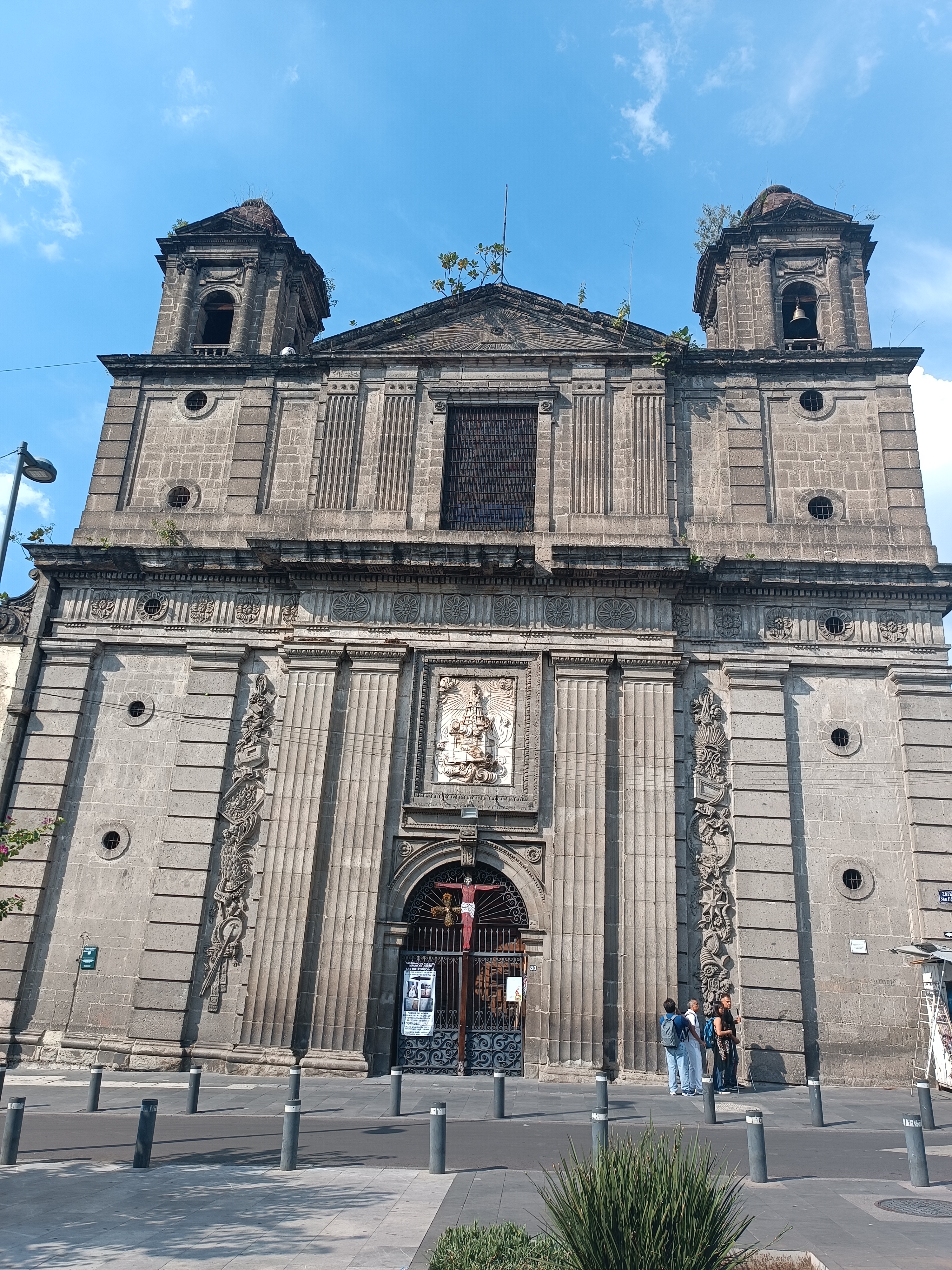
El Templo de Nuestra Señora de Loreto fue el último templo construido en la época colonial, entre 1806 and 1819, dos años antes de que se consumara la Independencia de México. Esta iglesia es famosa por ser la que más peligra dentro del centro de la ciudad.
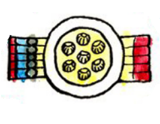
El edificio se inclinó a la derecha poco después de su apertura. Esto es debido a una falla en la construcción, ya que un lado es de piedra pesada y el otro es de tezontle. Esta diferencia de peso pone en riesgo de colapso al edificio.
El afamado arquitecto Manuel Tolsá realizo bocetos iniciales, sin embargo, el proyecto fue realizado y concluido por Ignacio Castera y Agustín Paz. Ambos muy afamados y reconocidos durante su vida. Castera trabajó bastante en la Catedral Metropolitana para poder concluirla.
A pesar de que la fachada es bastante barroca, toda la ornamentación es neoclásica. Este hecho es el que origina que sea confundida con cualquier otro edificio de Tolsá. Lo mas icónico de este edificio es su domo de 30 metros a 15 metros de altura.
El templo está dedicado a Nuestra Señora de Loreto, la santa patrona de Loreto, Italia. Lugar de peregrinaje para los feligreses católicos. Se dice que una casa de piedra fue trasladada por ángeles desde Tierra Santa hasta la ciudad costera en Italia para que la virgen María viviera ahí. A la figura esculpida en cedro de la Virgen Negra de dicha ciudad se le atribuyen muchos milagros.
La Plaza de Loreto al frente del templo, tiene muchos sitios de interés. El más interesante es la fuente que realmente fue diseñada por Manuel Tolsá. Originalmente se encontraba en lo que hoy es Avenida Buccareli. Un sitio icónico en los barrios del centro de la ciudad. Llenos de historia de migración, diversidad religiosa y comercio.
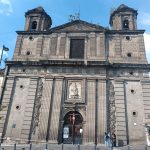 El arquitecto Manuel Tolsá recibió el encargo del Conde de Bassoco para reedificar el templo de San Gregorio, que había sido de los jesuitas, y lo advocara ahora a la Virgen de Loreto. El proyecto fue ejecutado por dos alumnos de Tolsá: Ignacio Castera y Agustín Paz. El edificio fue decorado en estilo neoclásico, la planta era muy novedosa puesto que generaba un espacio circular enorme que soporta la inmensa cúpula, pero el terreno es frágil y desde su inauguración el edificio acusa hundimientos. La casa cural es obra del arquitecto Vicente Mendiola.
En su interior se admira el sepulcro del gran educador Juan Rodríguez Puebla, y los restos de la capilla que conservaba una réplica de la Casa de Loreto, en Italia. Todavía se pueden admirar buenos cuadros de Miguel Cabrera y Juan Correa en el templo.
El arquitecto Manuel Tolsá recibió el encargo del Conde de Bassoco para reedificar el templo de San Gregorio, que había sido de los jesuitas, y lo advocara ahora a la Virgen de Loreto. El proyecto fue ejecutado por dos alumnos de Tolsá: Ignacio Castera y Agustín Paz. El edificio fue decorado en estilo neoclásico, la planta era muy novedosa puesto que generaba un espacio circular enorme que soporta la inmensa cúpula, pero el terreno es frágil y desde su inauguración el edificio acusa hundimientos. La casa cural es obra del arquitecto Vicente Mendiola.
En su interior se admira el sepulcro del gran educador Juan Rodríguez Puebla, y los restos de la capilla que conservaba una réplica de la Casa de Loreto, en Italia. Todavía se pueden admirar buenos cuadros de Miguel Cabrera y Juan Correa en el templo.
Ruta del Corazón de México: Ruta Loreto-San Ildefonso
< < Templo Santa Teresa la Nueva | Sinagoga Monte Sinaí > >
Proyecto “Corredor de Cultura Digital”.
Nombre de la investigación: Investigación Centro Histórico, Monumentos, Edificios y Puntos de Interés (2023)
Dirección de investigación y diseño de Rutas: Acércate al Centro A.C. Guadalupe Gómez Collada
Coordinación e investigación histórica: Fideicomiso del Centro histórico Dir. Maestra Loredana Montes
 santuarioloreto@hotmail.com
santuarioloreto@hotmail.com
 +52 55 5702 7850
+52 55 5702 7850
 https://www.facebook.com/Santuario-de-Nuestra-Se%C3%B1ora-de-Loreto-441481899396243/
https://www.facebook.com/Santuario-de-Nuestra-Se%C3%B1ora-de-Loreto-441481899396243/
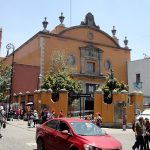
Cercano a 0.06 kms.
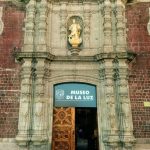
Cercano a 0.09 kms.
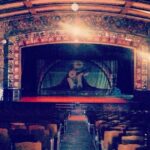
Cercano a 0.11 kms.

Mexico City's historic and first-recognized Jewish temple . . .

Una colección gráfica moderna en un destacado palacio barroco del siglo XVIII.
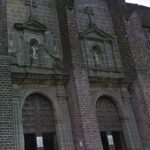
Una sorprendente obra barroca de Pedro de Arrieta resiste el paso del tiempo.
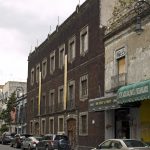
Uno de los primeros templos de la Ciudad de México es hoy un centro cultural y museo.
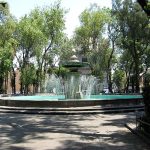
Un peculiar parque en el centro de la ciudad se convierte en el último punto de reflexión de una de las fuentes de Bucareli de Manuel Tolsá.